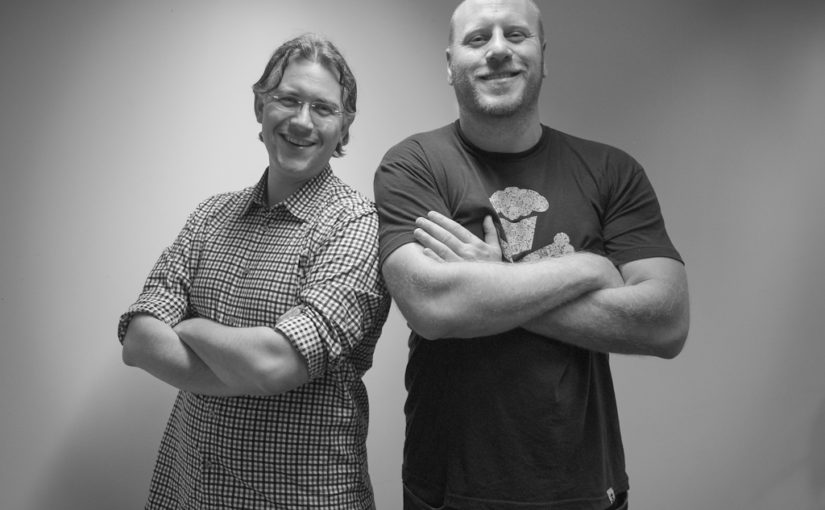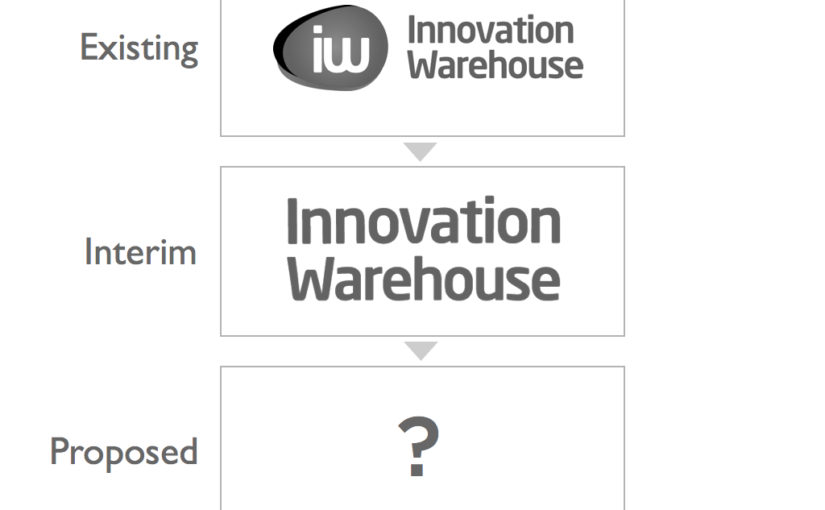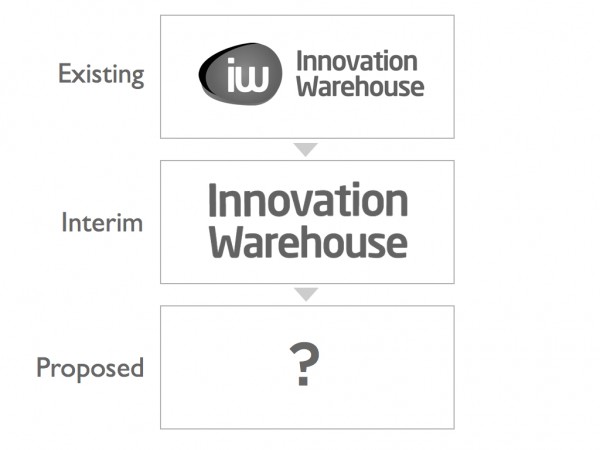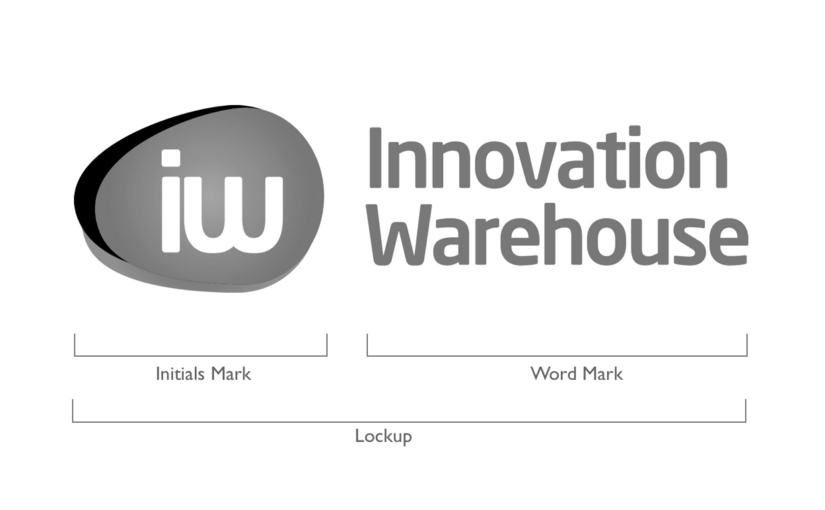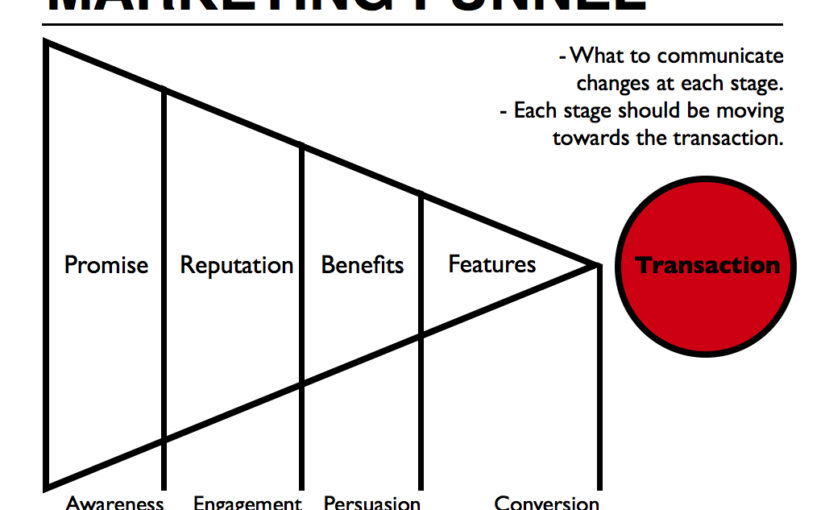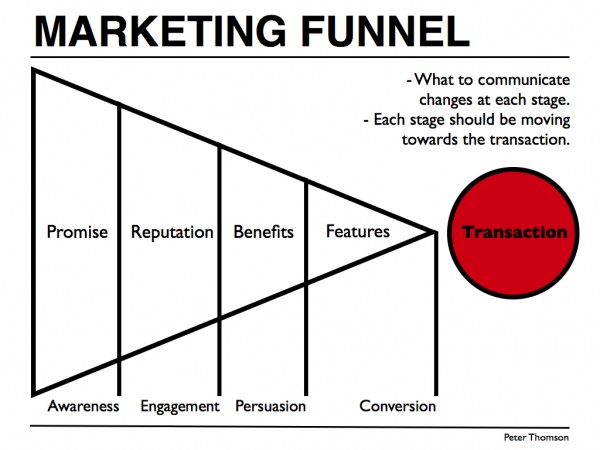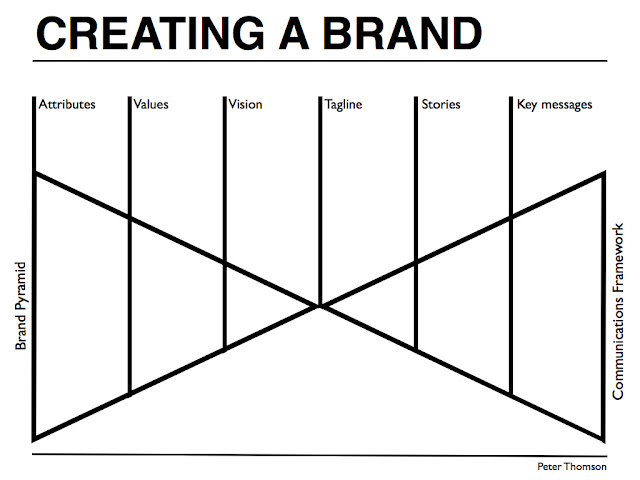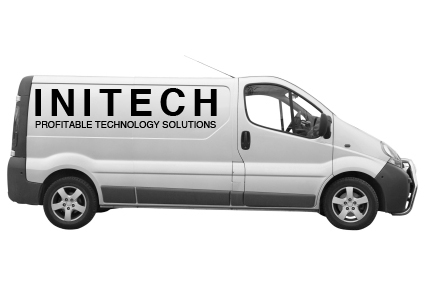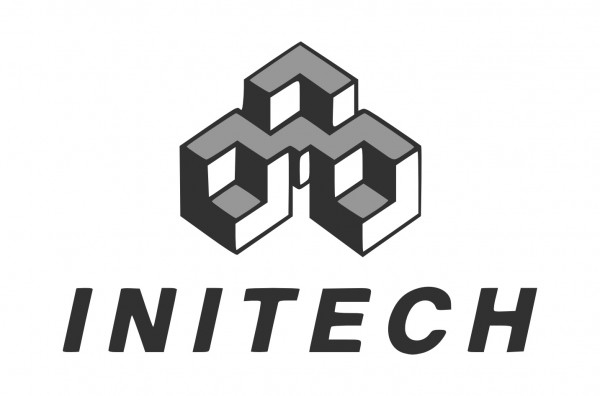Patrick Vlaskovits, arguably the sharpest modern thinker on Lean, visited us at the Innovation Warehouse last week. Patrick has recently published his new book, The Lean Entrepreneur. He spoke to us about growth hacking, which is a new way of thinking about marketing (within a startup or innovative company environment). Growth hacking is the application of the mindset of a hacker to the challenge of growing the demand for a product.
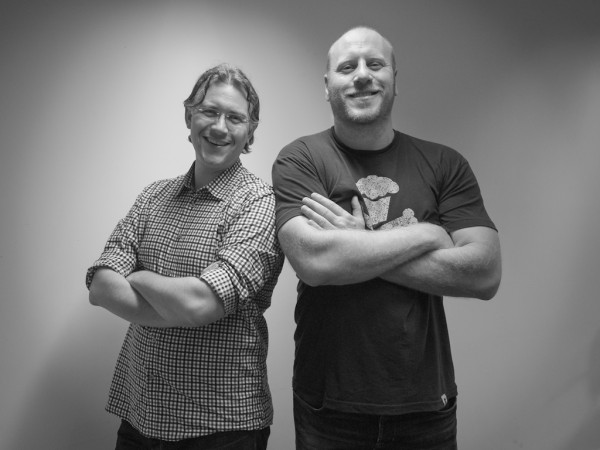
Patrick has reverse engineered what causes rapid growth in some disruptive products but not others. He’s pulled together thinking from advertising, marketing, lean and even black-hat affiliate marketing. The key (to Patrick) is that the Medium is the Message (a quote from Marshall McLuhan). Disruptive ideas need disruptive marketing channels. To get an innovative idea to spread quickly, it needs an innovative communications medium.
